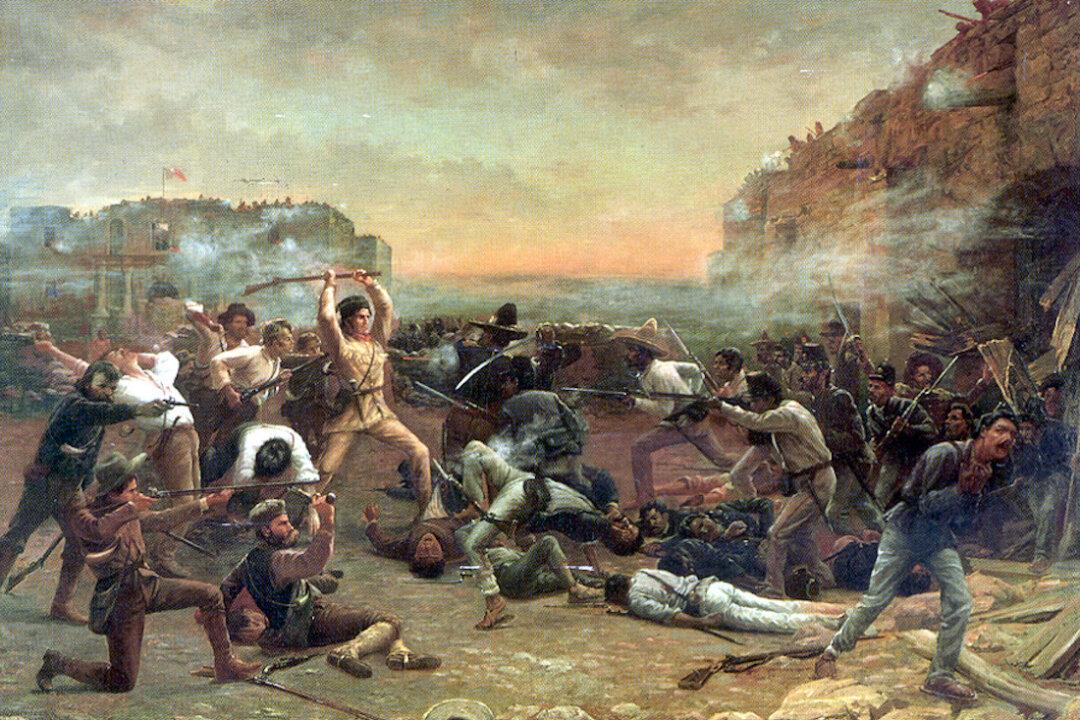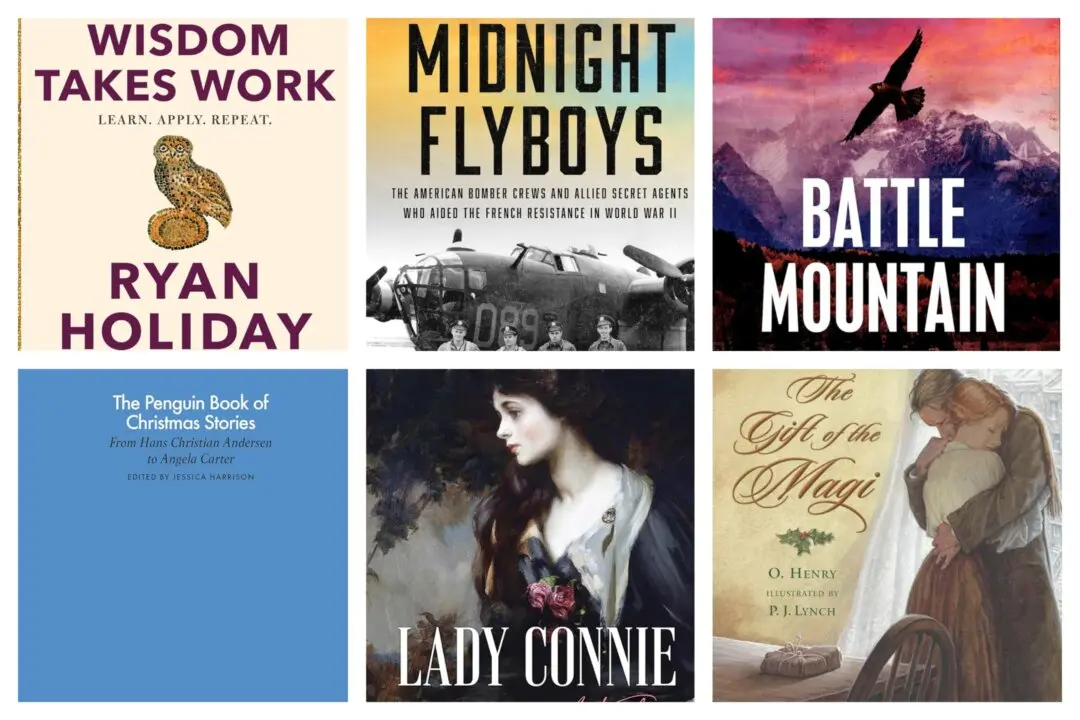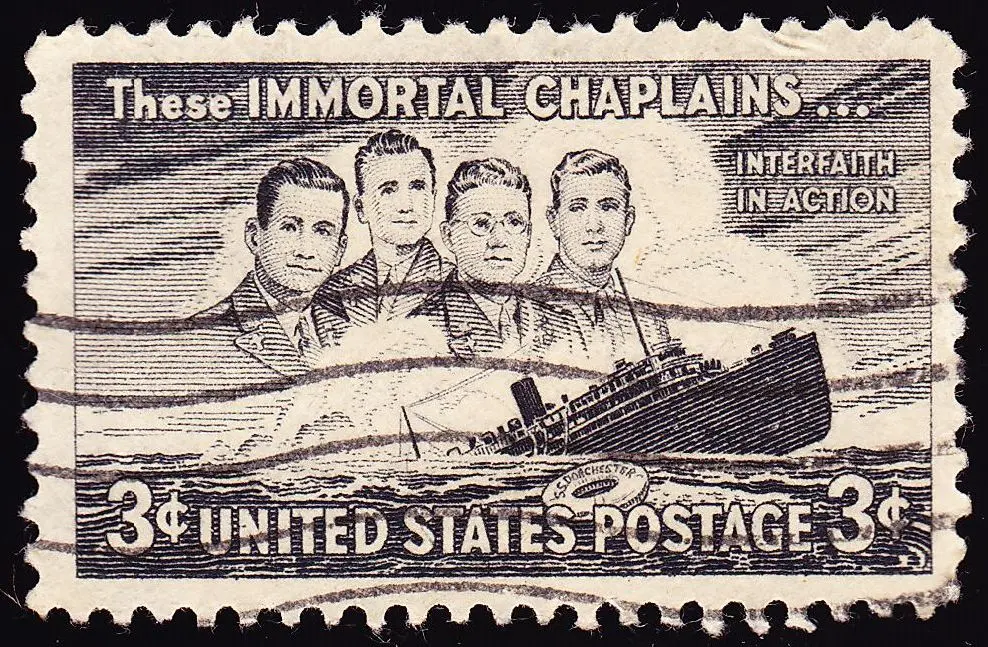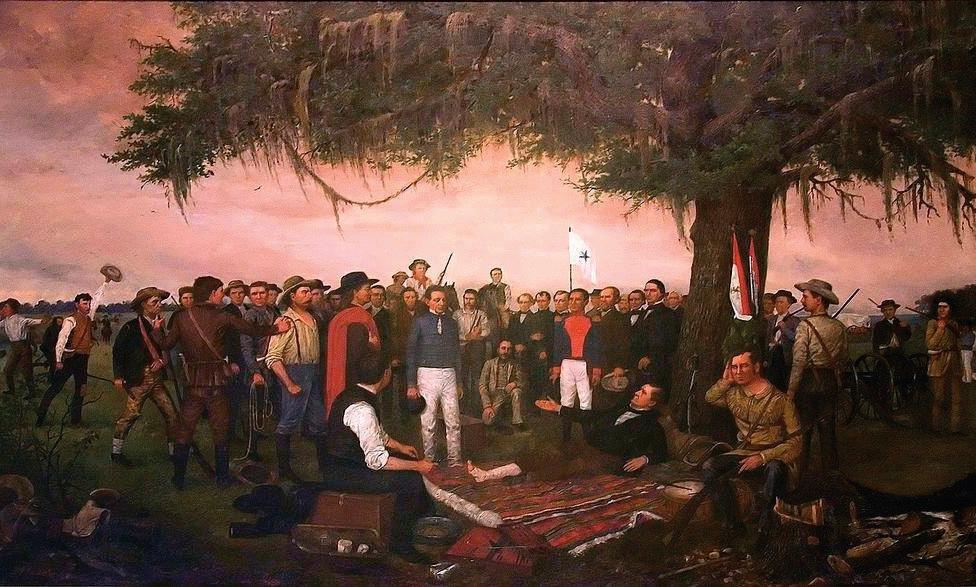Throughout history, men with their backs to the wall have time and again fought against overwhelming odds rather than surrender to their enemies. Why do they die battling to the last? What force drives them to fight on with rocks and fists after the blades of their swords are broken or their rifles are empty of bullets?
In the book “Last Stands: Why Men Fight When All Is Lost,” Epoch Times columnist Michael Walsh raises these questions and others. Listen, for example, as he asks: “What is heroism? What are its moral components? Is it altruism, love, self-sacrifice? What are its amoral components—fear of cowardice, lust for glory, pride? Why was it once celebrated, and now often dismissed as anachronistic at best, foolish and vainglorious at its worst?”






